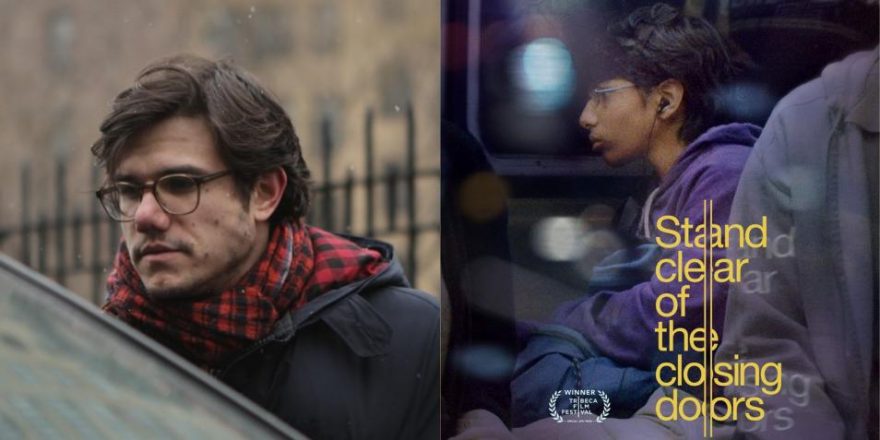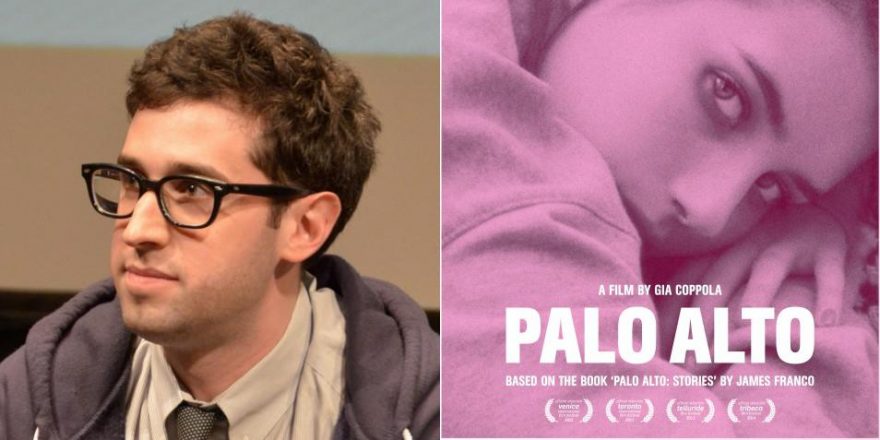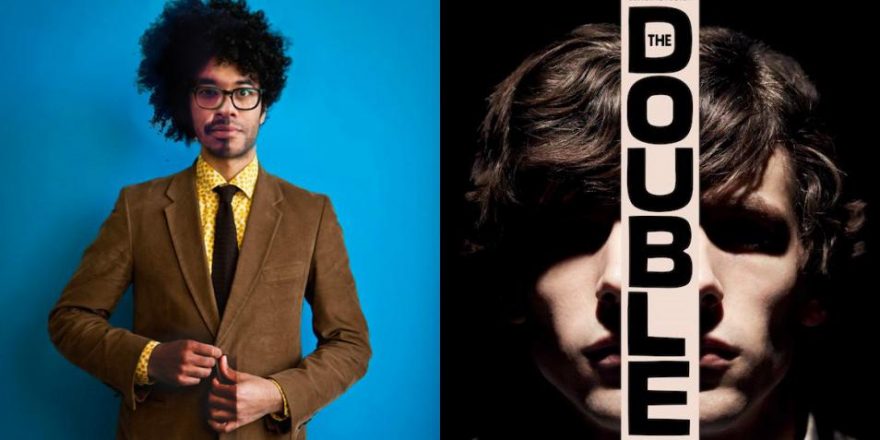Watching Sam Fleischner’s Stand Clear of the Closing Doors reminded me of why I think Michelangelo is full of shit. Yes, that Michelangelo, not the turtle. I’m not sure exactly when it happened, but I know it was after freshman year, because I think it was in an Intro to Art History class that year when I first came across his theory on his own work, and fell for it completely. The most well-known version of Michelangelo’s approach is probably this quotation attributed to him: “I saw the angel in the marble and carved until I set him free.”
At the time, my impressionable and thoroughly hazed mind was somewhat blown. The notion that a piece of art was predestined, or just waiting somewhere in the world to be discovered was thrilling and inspiring.
At that point, I gave the notion the benefit of the doubt because I liked it and because I had never sculpted (I still haven’t). Plus, Michelangelo seemed like a trustworthy source. Most of my creative energies had gone into trying to write short stories, so when I came across a similar sentiment in Stephen King’s otherwise great and useful professional memoir, On Writing, I realized how wrong I was.
“I have never felt like I was creating anything. For me, writing is like walking through a desert and all at once, poking up through the hardpan, I see the top of a chimney. I know there’s a house under there, and I’m pretty sure that I can dig it up if I want. That’s how I feel. It’s like the stories are already there.”
To me, writing, or any creative endeavor really, has never felt like discovering a fully formed entity in any way, especially not a house in the desert. Building a fucking house maybe. Brick by brick. Maybe even making the bricks themselves too, digging up the clay and firing up the kiln and on and on until you’re creating every last molecule of the thing. (Confession: I have no idea how bricks are made, if that wasn’t obvious enough already.) It’s painstaking, often agonizing work, stitching together disparate shards to try to make a cohesive whole. So once I saw that King and Michelangelo were slinging similar drivel, the romantic notion of the “angel in the marble” completely crumbled.
And as I moved into filmmaking soon afterward, that stance solidified into a steadfast belief. I come from the thoroughly additive approach to making a movie. Start with a blank page and add things until you have cobbled together something as close to reality as possible. The traditional school of monotonous background action on a loop, of c-stands an inch out of frame, of so many script revisions that you somehow end up with pages that are called goldenrod without irony.
That’s why for me creating authenticity is always the biggest challenge of making a movie. And that’s also why Sam Fleischner’s Stand Clear of the Closing Doors is such a revelation. Fleischner and his gang have crafted a vivid gem of a movie that feels completely authentic and of its time and place and un-fucking-crafted.
When Ricky, the protagonist played – no, that word feels wrong – inhabited by Jesus Sanchez-Velez, is lost in the maze of the New York subway system, the viewer is so deeply immersed in his experience that it overwhelms. The sequences are composed mainly of medium shots of Sanchez watching the world around him, and perfectly chosen moments from the passengers around him, displaying the beautiful chaos of the New York population. These small vignettes feel discovered, and completely true to the experience of people-watching on the subway. Though a Josh Safdie cameo punctures a hole in the façade for those who might recognize him, the world of the movie feels so true that you get completely lost in the experience.
Of course, these moments were created in one way or another by Fleischner’s directorial decisions, and the sequences are taken to another level by the exquisite craft on display. Ricky’s perspective is built on skewed inserts and immersive sound design and subtly moving score cues and arrhythmic cutting that ends up feeling completely organic. Fleischner and his cinematographers Ethan Palmer and Adam Jandrup, sound designers Eli Cohn and Scott Hirsch, composer Sarah Lipstate and editor Talia Barrett work seamlessly to meld this unique and specific point of view, creating an experience that is transcendent and reaches toward the fundamental truth of not only living with autism but also of being a New Yorker. The city overwhelms the senses, dazzles and brutalizes in equal measure, an effect the movie recreates in stunning fashion.
These subway rides are so powerful and perfectly crafted that they made the rest of the film pale in comparison for me. The overarching narrative of Ricky’s mother (Andrea Suarez Paz) and sister (Azul Zorilla) searching for him, while compelling and emotionally engaging, feels created and somewhat artificial in comparison to the visceral subjectivity of the time spent with Ricky. The other elements of the film are solid narrative filmmaking, but spending time with Ricky is on another level. It’s sublime.
Sanchez is a non-actor who is on the autism spectrum, just like the character of Ricky. He doesn’t act, he just is, and it’s mesmerizing. Such a casting choice is indicative of the wisdom of Fleischner’s approach, as is his incorporation of Hurricane Sandy into the narrative of the film. It seems that much of the attention being paid to Stand Clear focuses on the fact that the film shot during Sandy in the fall of 2012. But while the storm plays a key role in the climax of the movie, to focus on that little making-of tidbit overshadows the power of the film. What’s interesting about it is Fleischner’s reaction, of course. Rather than shut down the shoot for a few days to weather the storm and stick to his plan, he integrated the event into the story seamlessly and with powerful results. He accepts the world, invites it in, using it to strengthen his own vision and reflect it back on itself.
The result is the closest thing to pure subjectivity I’ve found in a fiction film in a long time. Watching Ricky on the subway feels like you’ve stumbled on one tiny gem of a story amid the chaos of New York City. It feels like Fleischner found an angel in the marble, or at least the concrete, if you don’t mind some metaphor mixing. He just might make me rethink my stance on Michelangelo.






